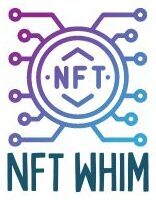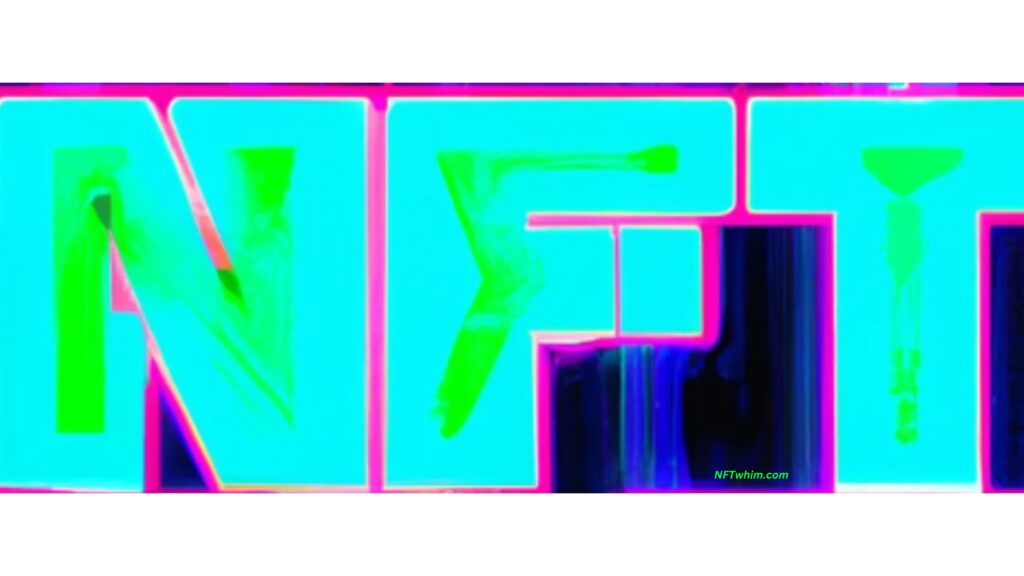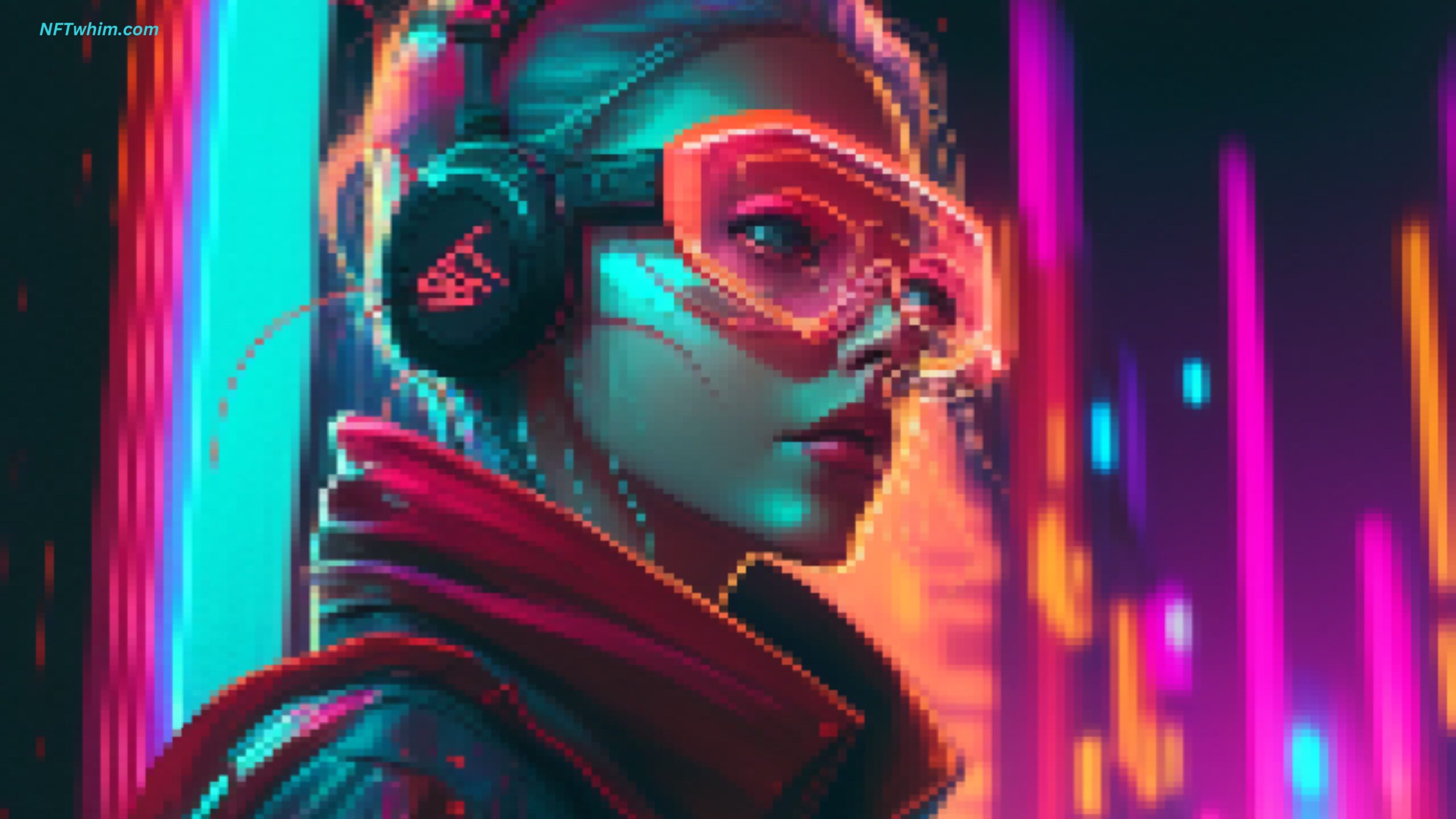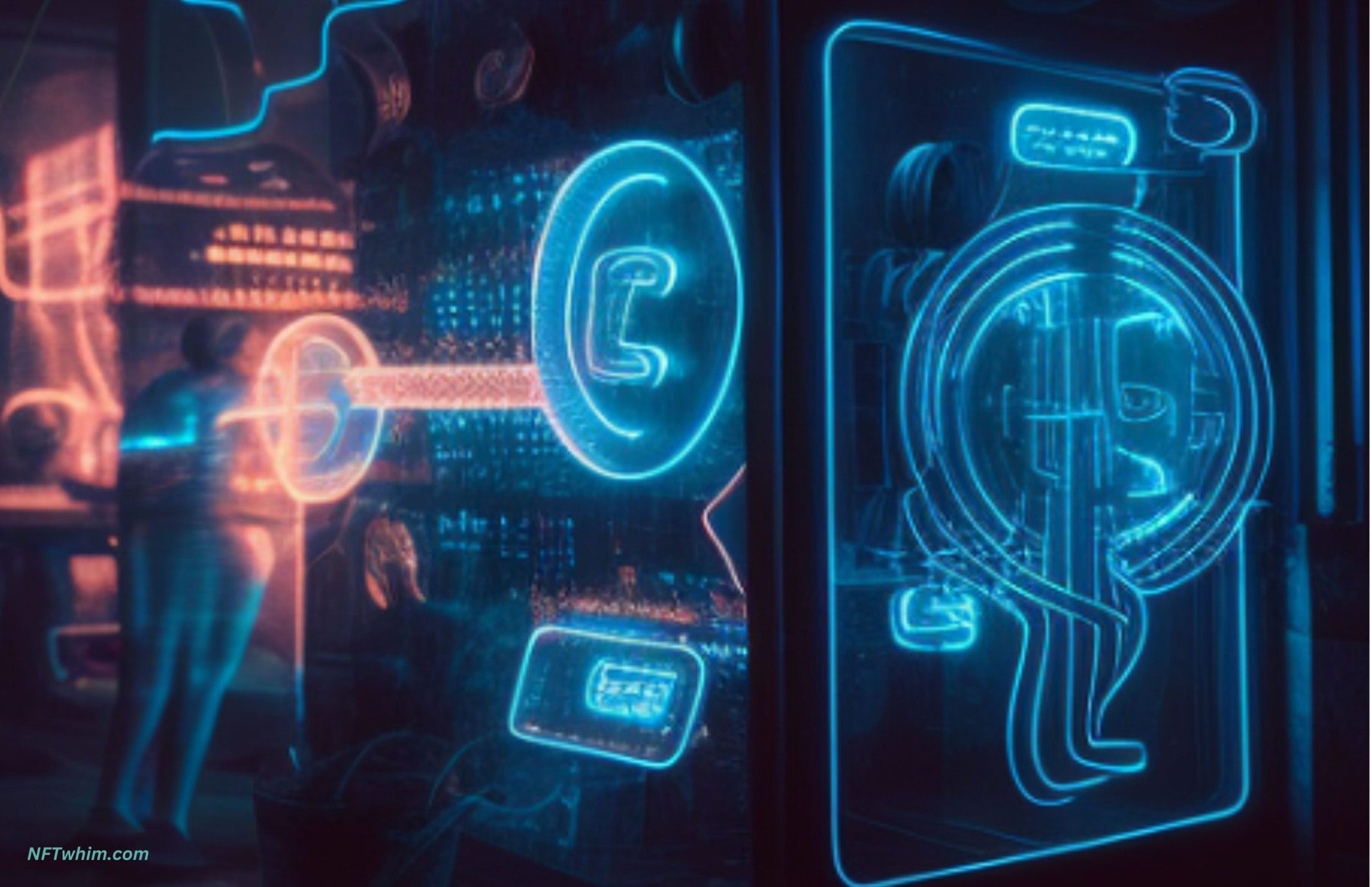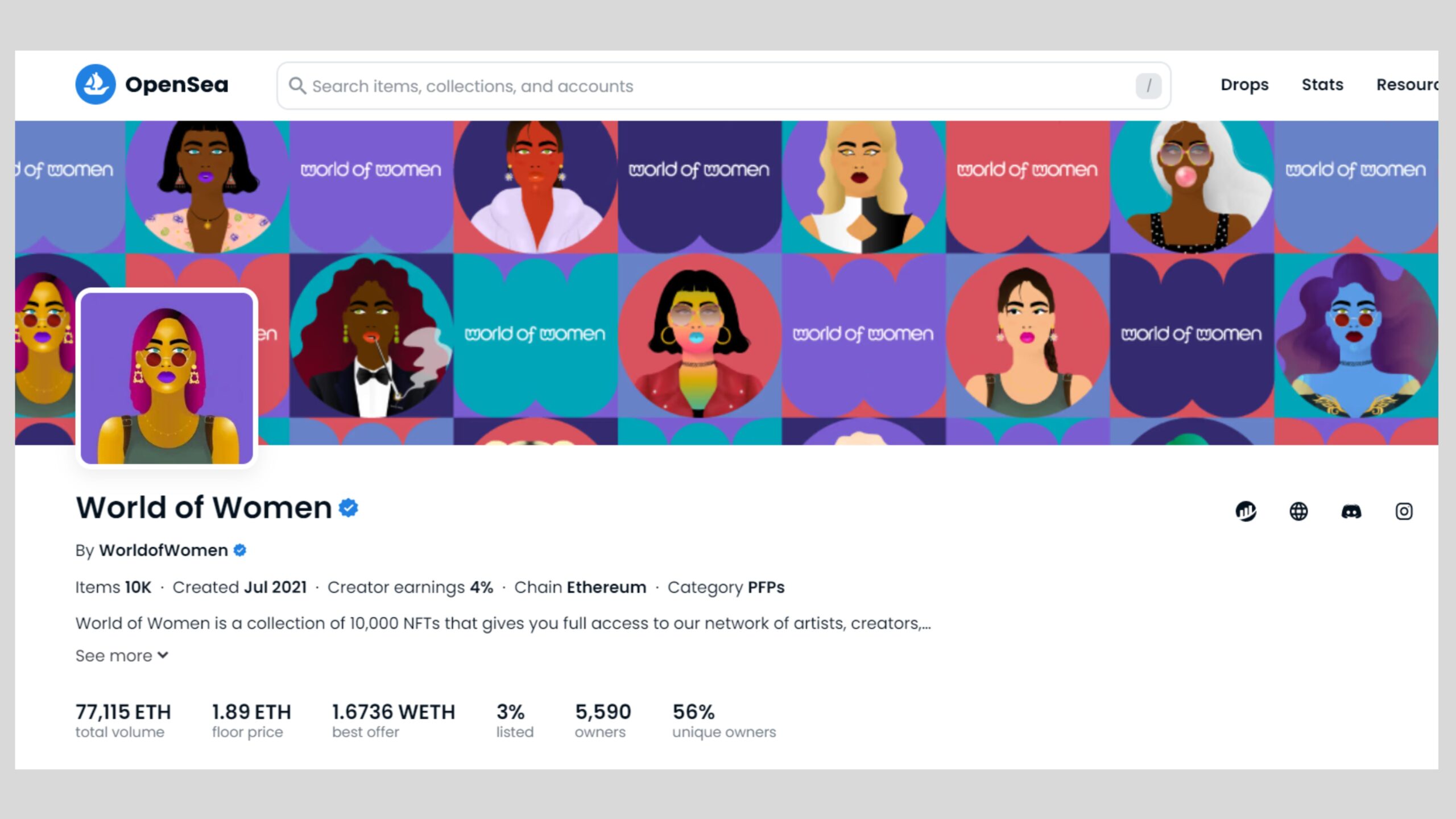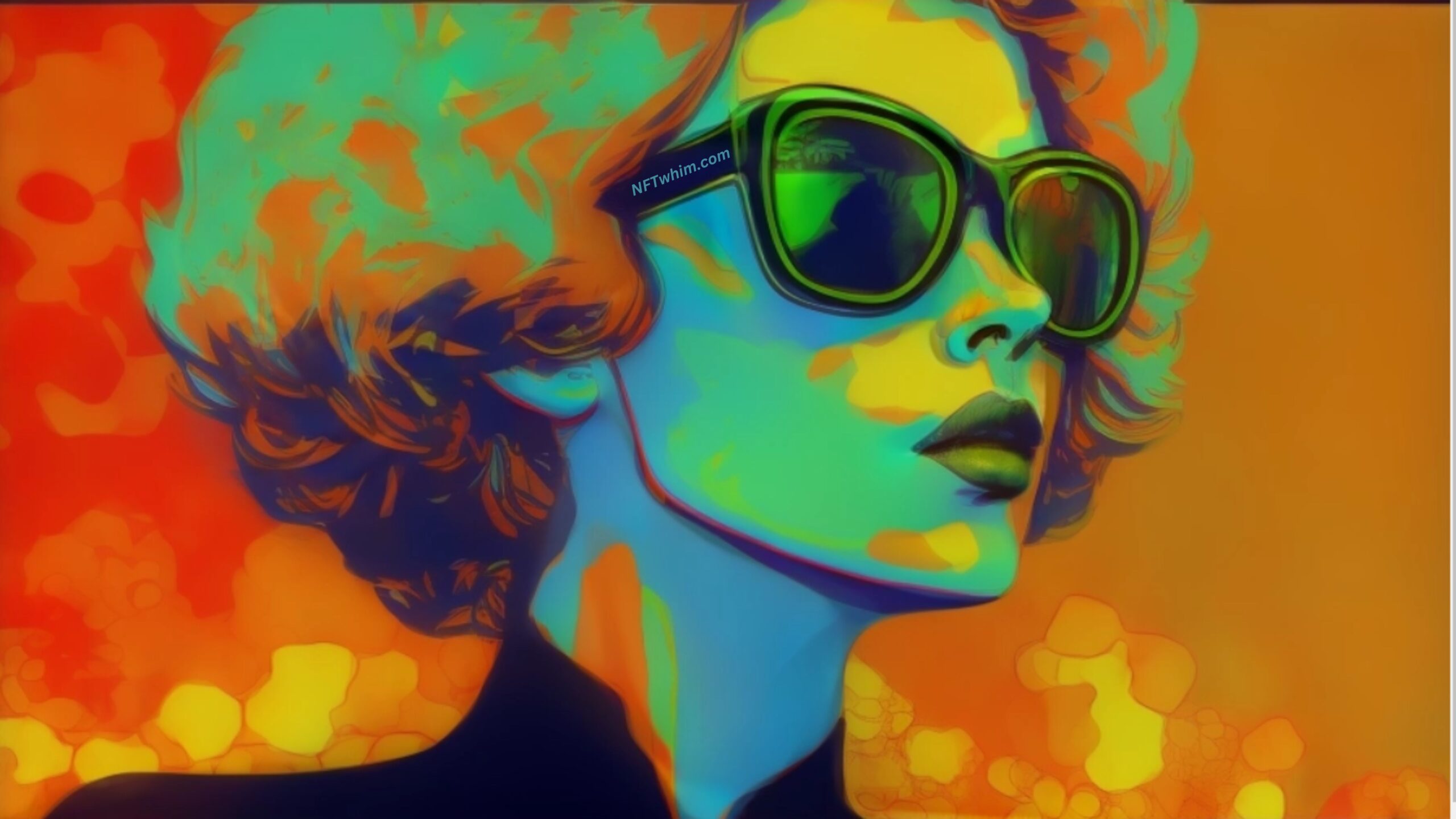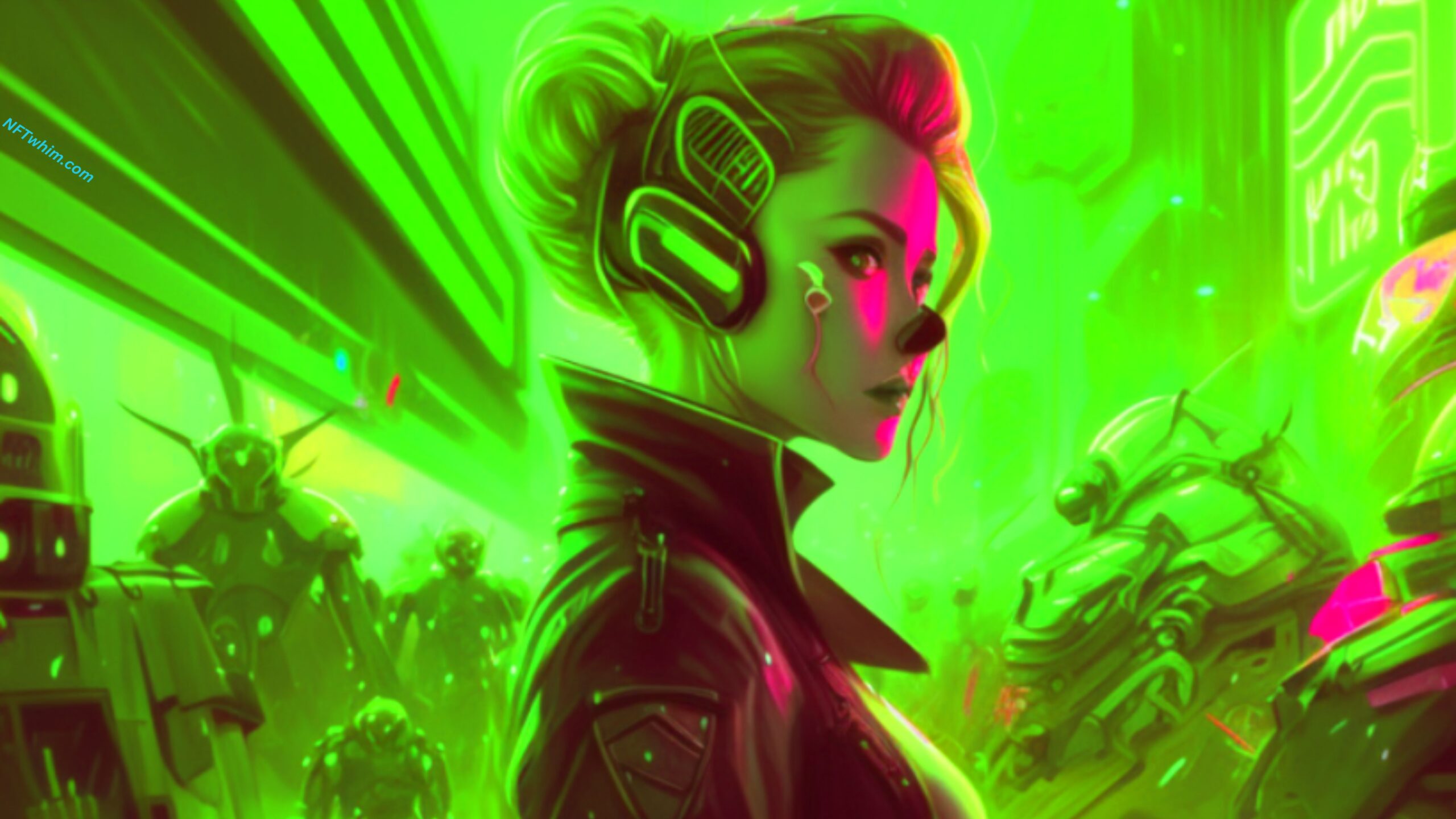Hi! Today, we will delve into the world of non-fungible tokens, or NFTs, and answer the question on everyone’s mind: what stops someone from copying an NFT….?
What is an NFT?
Before we dive deeper into the topic, let’s first define what an NFT is. NFTs are unique digital assets that are stored on a blockchain. They can represent anything, from digital art and music to video game items and even tweets… The key feature of an NFT is its non-fungibility, which means that each token is one-of-a-kind and cannot be replicated.
How is an NFT created?
When an NFT is created, it is stored on a blockchain, which is a decentralized ledger that keeps a record of all transactions. This ledger is maintained by a network of computers, making it virtually impossible to alter or manipulate the data. Each NFT is assigned a unique identifier that is stored on the blockchain, making it easily traceable and identifiable.
Ok, having explained the basics of NFTs and how they are created, let’s not get into the meat of the matter: What stops someone from copying and NFT? First, I’ll explain the whether and NFT in fact can be copied, and what it actually being copied when you say “copying and NFT”. And then, secondly, I go into how you can stop copy-cats from replicating your NFT.

How can an NFT be copied?
While the blockchain technology that underpins NFTs makes them highly secure and virtually impossible to replicate in terms of NFT-ownership, there are still ways in which the NFT-image can be copied. One of the most common methods is by taking a screenshot of the NFT, which essentially creates a digital copy of the original artwork or asset. This can then be shared and distributed like any other image file, without the need for blockchain technology.
How can NFTs be protected from being copied? (5 ways)
While it is true that NFT-images can be copied (through e.g. a screen shot), there are several measures that can be taken to protect them from being replicated. One of the most effective ways is by implementing a watermark or signature onto the NFT itself. This can be achieved by embedding a unique code or signature onto the artwork, which can then be traced back to the original creator. This can help to deter would-be copycats, as they know that their work will be easily identifiable as a fake.
In the following, I’ll describe 5 ways in which the NFT can be protected. Some of these are the common ways, while some are more unusual and can make sure you have additional protection against copy-cats.
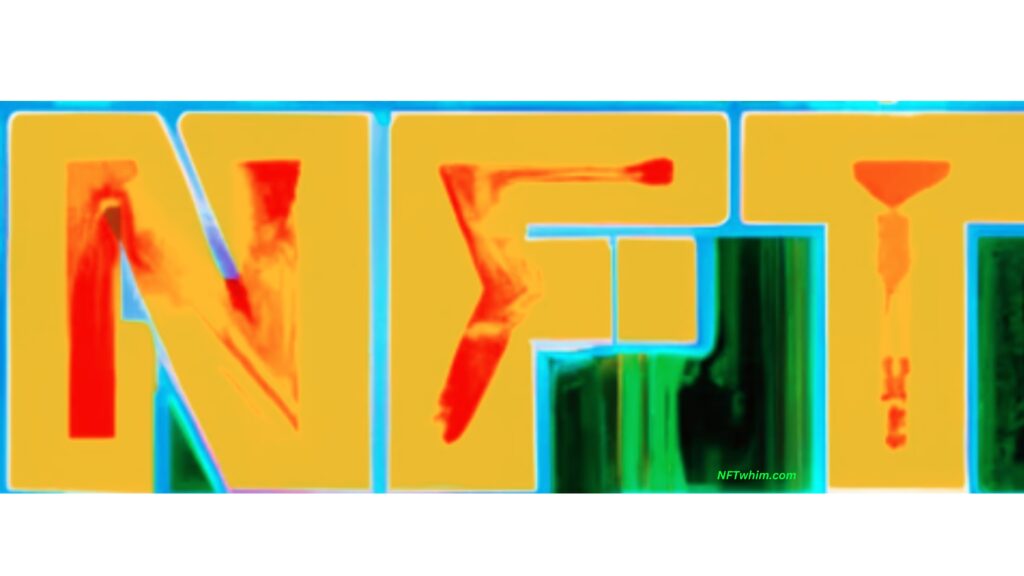
1. Limiting access to the NFT
Another measure that can be taken is by limiting access to the NFT. This can be achieved by requiring users to pay a fee or providing access only to those who hold a specific type of cryptocurrency. By limiting access, it becomes more difficult for unauthorized individuals to obtain a copy of the NFT, reducing the risk of theft and fraud.
2. Clearly defining terms of use of the NFT
In addition, the terms of use for an NFT can be clearly defined and enforced. This can include stipulating that the NFT may only be used for personal purposes and cannot be resold or distributed without the creator’s permission. By establishing clear guidelines and enforcing them, creators can protect their work from being used or distributed without their consent.
3. Smart contracts of NFT
Another way that an NFT can be protected is through its smart contract. Smart contracts are self-executing contracts with the terms of the agreement written into the code. They are programmed to automatically enforce the terms of the contract and execute the agreement between the parties.
Smart contracts are used in NFTs to specify ownership and transfer rights. The smart contract is coded to ensure that only the owner of the NFT can transfer it to another party. The smart contract can also specify the terms of the transfer, such as the price and conditions.
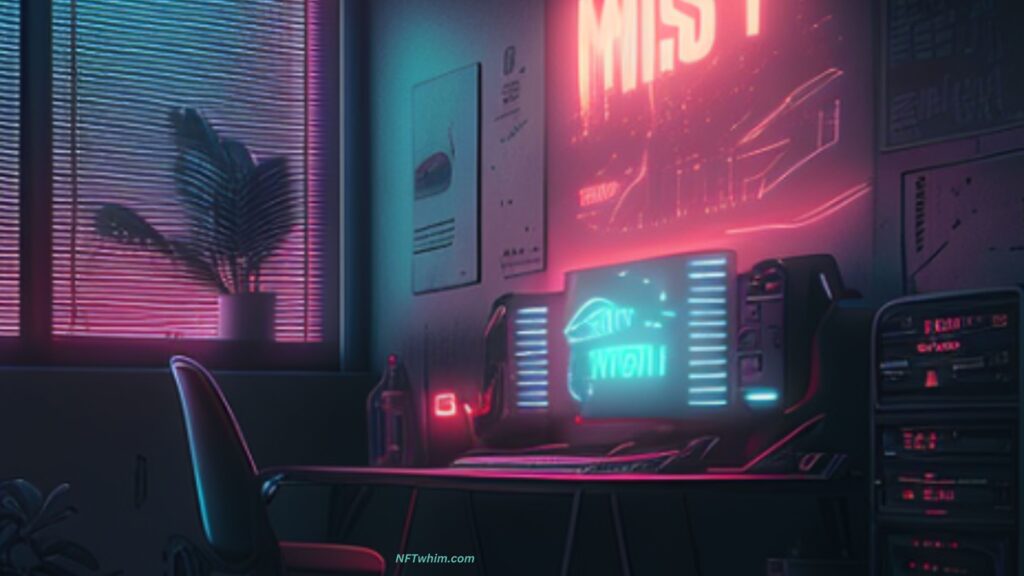
4. Legal action (the last resort)
If someone copies or uses an NFT without permission, the owner of the NFT can take legal action. The legal system recognizes intellectual property rights and can provide a remedy to protect those rights.
For example, if someone copies an NFT and sells it, the owner of the NFT can sue the infringer for copyright infringement. The owner can seek damages for the unauthorized use of the NFT and may be entitled to an injunction to prevent the infringer from using the NFT in the future.
5. Watermarking the NFT
Another way to protect an NFT is through watermarking. Watermarking is the process of adding a visible or invisible mark to an image or document to identify its ownership.
Watermarking an NFT can help to deter copying or unauthorized use of the NFT-image. The watermark can include the name or logo of the owner, which can help to identify the rightful owner of the NFT.
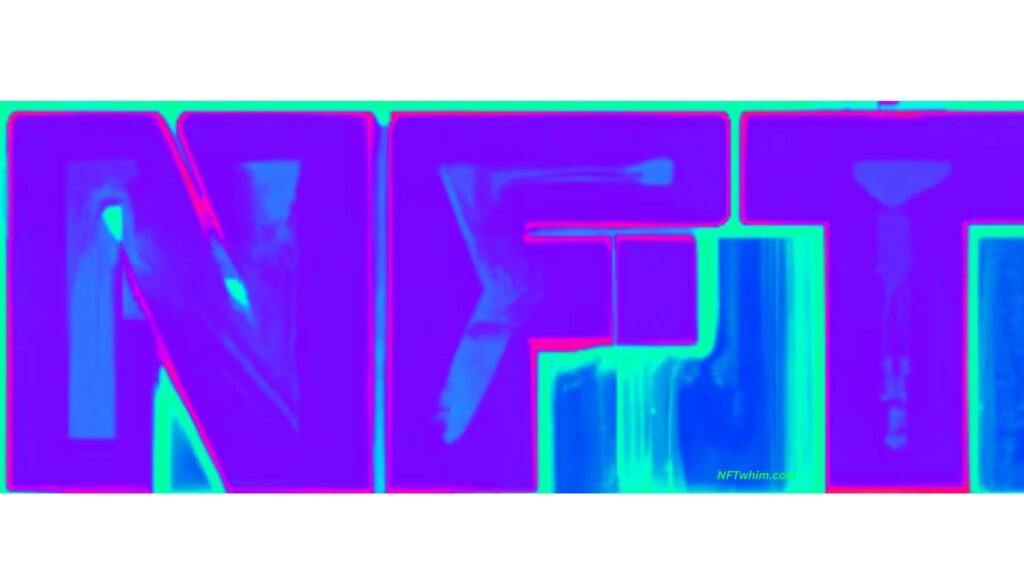
Concerning decentralization and NFT ownership
One of the key features of NFTs is their decentralization. NFTs are created and stored on a blockchain, which is a decentralized ledger that is not controlled by any single entity.
Because the blockchain is decentralized, it is not possible for a single party to control or alter the information stored on the blockchain. This makes it more difficult for someone to copy or manipulate an NFT.
However, it is important to note that the decentralization of NFTs also means that there is no central authority to enforce intellectual property rights. The responsibility for protecting NFTs falls on the owner of the NFT and their ability to enforce their rights through legal action or other means.
Final Wrap Up: how to stop NFT copy-cats
In conclusion, NFTs are a powerful tool for digital ownership, but they are not immune to copying or unauthorized use. However, there are several ways to protect an NFT, including using digital signatures, smart contracts, legal action, watermarking, and decentralization.
While it is true that there is always a risk of theft or fraud when it comes to digital assets, the blockchain technology that underpins NFTs provides a high level of security and protection. By implementing the measures outlined above, creators can ensure that their work is safe and protected, allowing them to focus on creating more unique and valuable digital assets.
While it is not possible to completely eliminate the risk of copying or unauthorized use, taking these steps can help to minimize the risk and protect the value of the NFT. As with any investment, it is important to do your due diligence and take steps to protect your assets.
Robin
Author: Robin Olsson
Author Bio: I’m Robin and on this website, I share everything I’ve learned since getting into NFTs in 2021. I have a background in research and I’ve been in crypto for several years. You can read more about me here.
